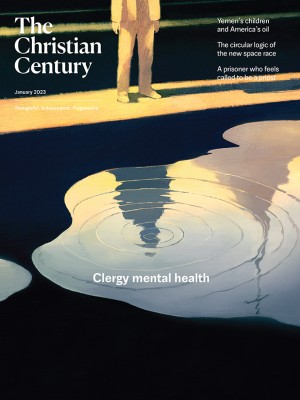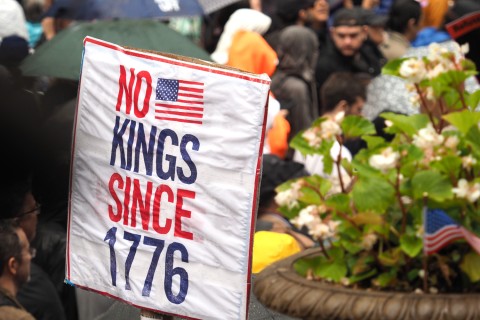
Animals have all kinds of way-finding capacities built into their various bodies, and many of these navigational systems are far more sophisticated than any human counterpart. Monarch butterflies make their journey to Mexico using the angle of the sun as a compass, in combination with what scientists believe may be an internal body clock operating with a circadian rhythm. Dung beetles navigate via the Milky Way galaxy. Homing pigeons have tiny iron oxide crystals in the skin lining their upper beak that function as sensors for the earth’s magnetic field. Sea turtles swim across vast oceans and, using geomagnetic cues, are able to land at the very nest where they were born decades earlier.
We humans do have some internal navigational abilities of our own, independent of external technologies like GPS, paper maps, and magnetic compasses. In fact, our brains constantly create mental maps that unconsciously calculate our location. The scientific study of these cognitive maps originated in lab experiments in the 1940s involving rats. American behavioral psychologist Edward Tolman broke new ground when he discovered that rats operate on more than just reward/punishment stimulus. They actually process information and make navigational decisions based on knowledge of their surrounding environment. When Tolman replaced a maze where the rats were accustomed to receiving food at the end with one that had many of the previous paths altered or blocked, the rats demonstrated that they had made a mental representation or map of their environment and knew their way to the same exit.
Read our latest issue or browse back issues.
Tolman went on to propose that humans have complex cognitive maps as well, shaped by cues acquired by noticing landmarks. We construct mental representations or images of different environments we inhabit, he argued, and these mental maps help situate us. When I am restless and struggling to fall asleep, for example, I can draw on details of spatial maps in my head of a favorite park, a lovely vacation, or my childhood home. The visualization of these pleasant environments, thoroughly mapped out and residing in what Tolman called the “central office” of the brain (the hippocampus), is often all it takes for me to move from restlessness to sleepiness.
Importantly, Tolman also proposed that we’re constantly creating cognitive social maps in addition to the spatial ones. These social maps are formed from the interplay between physical environments we inhabit and networks of relationship in which we engage. A narrowly drawn social map can lead to what he considered dangerous hatred of outsiders, ranging from “discrimination against minorities to world conflagrations.” A broader social map in our brain can inspire understanding and empathy. Like other cognitive maps, these social maps orient significant facets of our behavior.
I’ve noticed that people of faith tend to fashion their own kind of cognitive map over long stretches of time. Theirs becomes a way-finding map that allows them to visualize their place between the past and the future. Israel had a name for the law that guided her people. Torah, meaning “the way” or “the finger pointing the way,” was designed to help people avoid incoherent living. Jesus of Nazareth would later speak of himself as being “the way, the truth, and the life,” one who retrieves lost sheep and sends them on a better way.
If you’re lucky enough to be navigating life from an environment in which you are enveloped by a steady habit of prayer, a curiosity for the riches of scripture, and close contact with a community of people who love the Lord, you have one incredible map. It’s one you can count on even on life’s most disorienting days.






